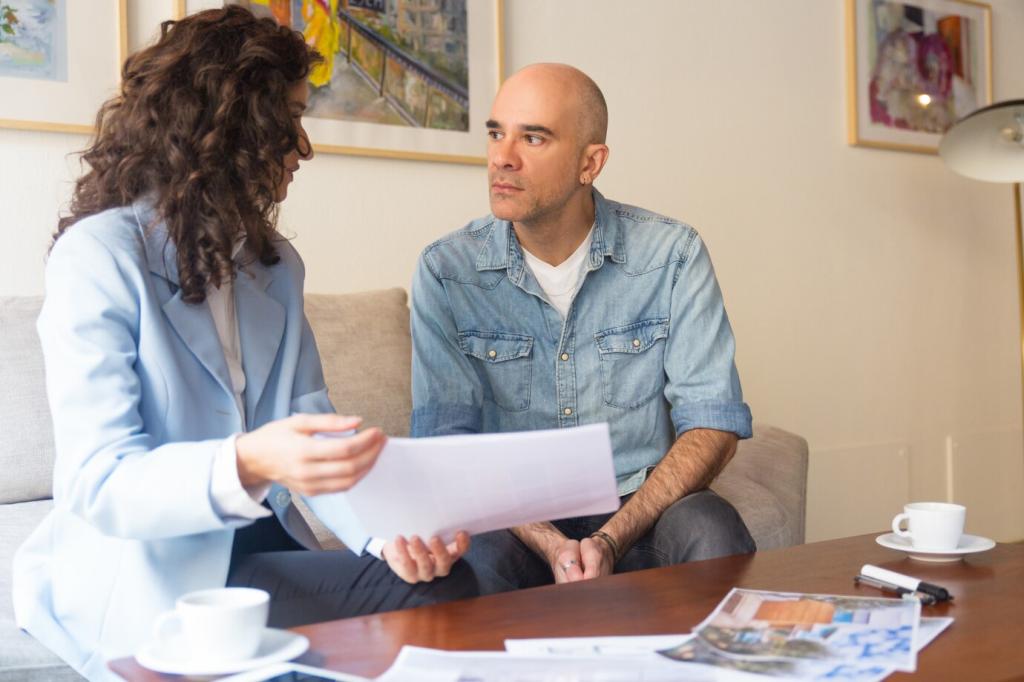Pest Prevention Without Harsh Chemicals
Create a monthly checklist: look for frass, exit holes, webbing, and nibble marks beneath drawers and stretchers. Use sticky traps and log findings. Share your inspection routine, and we’ll feature a community-sourced schedule next issue.
Pest Prevention Without Harsh Chemicals
Cedar blocks, sealed food sources, and clean perimeters reduce risk. Use diatomaceous earth in non-contact zones. Avoid essential oils directly on wood; they can stain finishes. Ask questions below if you’re unsure about safe placements around veneers and leather.
Pest Prevention Without Harsh Chemicals
Consult a conservator for anoxic bagging or controlled freezing protocols to preserve glues and finishes. Avoid broad-spectrum sprays near shellac, gilding, or leather. We’re preparing a referral list—subscribe to get conservator guidance relevant to your region.








